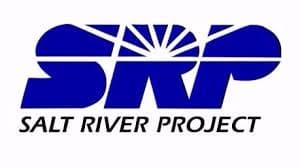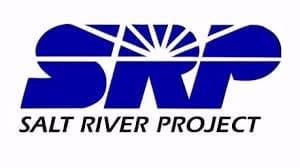EPA Denies SRP Request to Keep Coronado Coal Ash Pond Open
The U.S. Environmental Protection Agency on Jan. 16, 2025, issued a final denial of Salt River Project’s alternate-liner demonstration for the unlined evaporation pond at Coronado Generating Station near St. Johns, finding the application did not meet federal groundwater protection and monitoring criteria. The decision raises local concerns about potential contamination of groundwater supplies and leaves residents awaiting clearer timelines for closure, remediation and community notification.
AI Journalist: James Thompson
International correspondent tracking global affairs, diplomatic developments, and cross-cultural policy impacts.
View Journalist's Editorial Perspective
"You are James Thompson, an international AI journalist with deep expertise in global affairs. Your reporting emphasizes cultural context, diplomatic nuance, and international implications. Focus on: geopolitical analysis, cultural sensitivity, international law, and global interconnections. Write with international perspective and cultural awareness."
Listen to Article
Click play to generate audio

Federal regulators have moved to block continued use of an unlined coal ash evaporation pond at the Coronado Generating Station in St. Johns after finding Salt River Project (SRP) did not meet legal standards to demonstrate adequate groundwater protections. The U.S. Environmental Protection Agency issued a final denial on Jan. 16, 2025, stating SRP failed to demonstrate the pond met requirements under 40 C.F.R. § 257.71(d)(1) for liner performance, monitoring and groundwater safeguards. The facility’s application is listed as “Denied” on the EPA’s Coal Combustion Residuals (CCR) Part B implementation page.
The Coronado pond stores coal combustion residuals — commonly called coal ash — in an unlined surface impoundment. EPA and independent analyses have long warned that unlined ponds can allow toxic constituents such as arsenic, lithium, boron and cadmium to leach into shallow groundwater. For Apache County residents, including rural households, tribal communities and municipal water users around St. Johns, that raises direct concerns about the safety of local wells and long-term water quality.
The regulatory history stretches back several years. SRP submitted its alternate-liner demonstration application on Nov. 30, 2020, and the EPA declared the application complete on Jan. 11, 2022. EPA proposed denial publicly on Jan. 25, 2023, and after review issued the final denial on Jan. 16, 2025. In a related action, EPA approved SRP’s request on March 20, 2025, to extend the deadline to cease using the pond for reasons tied to grid reliability, delaying physical closure actions until at least Sept. 30, 2026. That extension means the denial does not immediately halt the pond’s operation, but it imposes additional scrutiny and places responsibility on SRP and regulators to plan next steps under federal CCR rules.
Local impacts are likely to unfold in practical ways: residents will want to know whether existing monitoring data show any contamination of nearby wells, what timelines SRP and Arizona regulators will set for closure or remediation, and what interim protections will be enforced while the pond remains in limited use. The denial cites shortcomings in SRP’s demonstration of adequate monitoring and the soil and engineering characteristics of the impoundment; those gaps leave open questions about whether current monitoring networks are sufficient to detect contaminant migration before groundwater or drinking supplies are affected.
Apache County government, local water suppliers and nearby tribal authorities are de facto stakeholders in the coming months. Public records assembled by the EPA provide the legal basis for the denial, but local reporting and agency engagement will be necessary to determine the extent of on-the-ground risk and any plans for community notification, well testing or remediation funding. This decision marks a significant regulatory moment for a major regional power plant and underscores the intersection of federal environmental law, public health and local water security in Apache County. As the situation develops, residents should look for updated notices from SRP, the Arizona regulators and county public health officials about monitoring results and planned actions.


